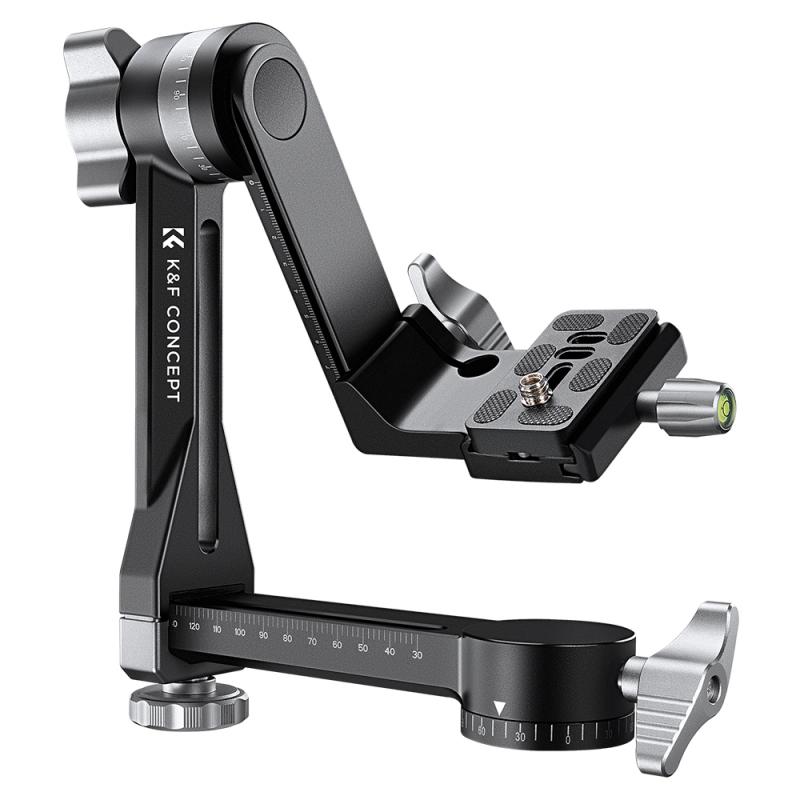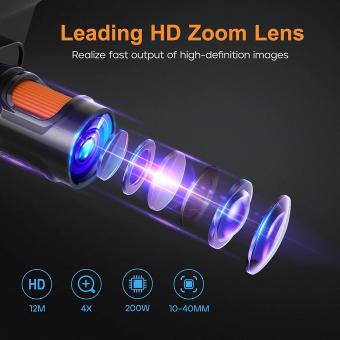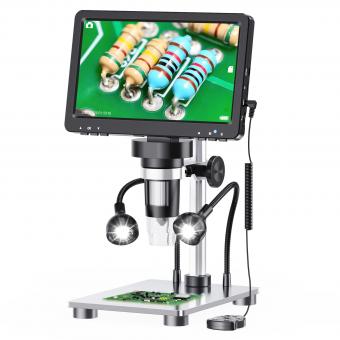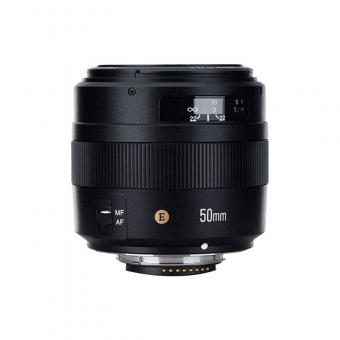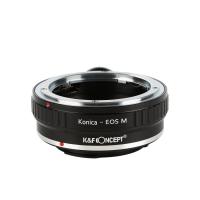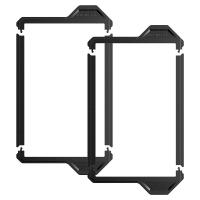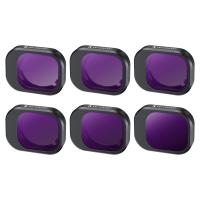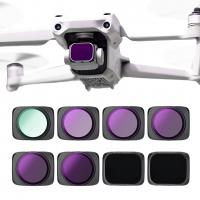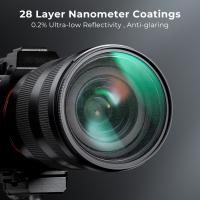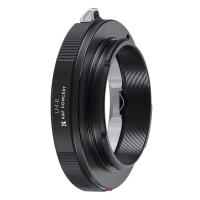How Do Digital Camera Sensors Work ?
Digital camera sensors work by converting light into electrical signals. They consist of millions of tiny photosensitive elements called pixels. Each pixel is capable of capturing the intensity of light that falls on it.
When light enters the camera through the lens, it passes through a series of optical elements that focus it onto the sensor. The light then hits the pixels on the sensor, which are typically made of silicon. Each pixel contains a photosensitive material that generates an electrical charge when exposed to light.
The amount of charge generated by each pixel is proportional to the intensity of light that falls on it. This charge is then converted into a digital signal by an analog-to-digital converter (ADC) within the camera. The digital signal represents the color and brightness information of the captured image.
After the conversion, the digital image data is processed by the camera's image processor, which applies various algorithms to enhance the image quality, adjust colors, and reduce noise. The processed image can then be stored in a memory card or displayed on the camera's screen.
Overall, digital camera sensors play a crucial role in capturing and converting light into digital images, allowing us to capture and preserve moments in a digital format.
1、 Photodetection: Conversion of light into electrical signals by photosensitive elements.
Digital camera sensors work by utilizing a process called photodetection, which involves the conversion of light into electrical signals by photosensitive elements. These photosensitive elements, known as pixels, are the building blocks of a digital camera sensor.
Each pixel on the sensor is equipped with a photosensitive material, typically a semiconductor such as silicon. When light enters the camera through the lens, it strikes the pixels on the sensor. The photons of light excite the electrons within the photosensitive material, causing them to be released and creating an electrical charge.
The amount of charge generated by each pixel is proportional to the intensity of the light that struck it. This charge is then converted into a digital signal by an analog-to-digital converter (ADC) within the camera. The digital signal is then processed and stored as an image file.
The latest advancements in digital camera sensors have focused on improving their sensitivity, dynamic range, and noise reduction capabilities. Backside-illuminated (BSI) sensors, for example, have been developed to enhance light-gathering efficiency by placing the wiring behind the pixel layer, allowing more light to reach the photosensitive material.
Additionally, manufacturers have been working on increasing the resolution of camera sensors, packing more pixels into a smaller area. This has led to the development of high-resolution sensors capable of capturing incredibly detailed images.
In conclusion, digital camera sensors work by converting light into electrical signals through photosensitive elements. Ongoing advancements in sensor technology continue to improve the performance and capabilities of digital cameras, allowing for higher sensitivity, improved dynamic range, and increased resolution.

2、 Pixel Array: Formation of an array of pixels to capture light.
Digital camera sensors work by using a pixel array to capture light. Each pixel in the array is responsible for capturing a specific amount of light and converting it into an electrical signal. This signal is then processed by the camera's image processor to create a digital image.
The pixel array is made up of millions of tiny light-sensitive elements called pixels. Each pixel consists of a photosensitive material that reacts to light. When light hits a pixel, it generates an electrical charge proportional to the intensity of the light. This charge is then converted into a digital value by an analog-to-digital converter (ADC) within the camera.
The pixel array is typically arranged in a grid pattern, with each pixel representing a specific color. In most digital cameras, each pixel captures only one color component (red, green, or blue), and the final image is created by combining the values from adjacent pixels.
Advancements in sensor technology have led to the development of various types of camera sensors, such as CMOS (Complementary Metal-Oxide-Semiconductor) and CCD (Charge-Coupled Device) sensors. CMOS sensors are more commonly used in modern digital cameras due to their lower power consumption and faster readout speeds.
In recent years, there have been advancements in sensor technology that have improved the performance of digital camera sensors. These include backside-illuminated (BSI) sensors, which allow more light to reach the pixels by placing the wiring on the backside of the sensor. Additionally, sensor manufacturers have been increasing the pixel count, resulting in higher-resolution images.
Overall, digital camera sensors work by forming an array of pixels to capture light and convert it into a digital signal. Ongoing advancements in sensor technology continue to enhance the image quality and performance of digital cameras.
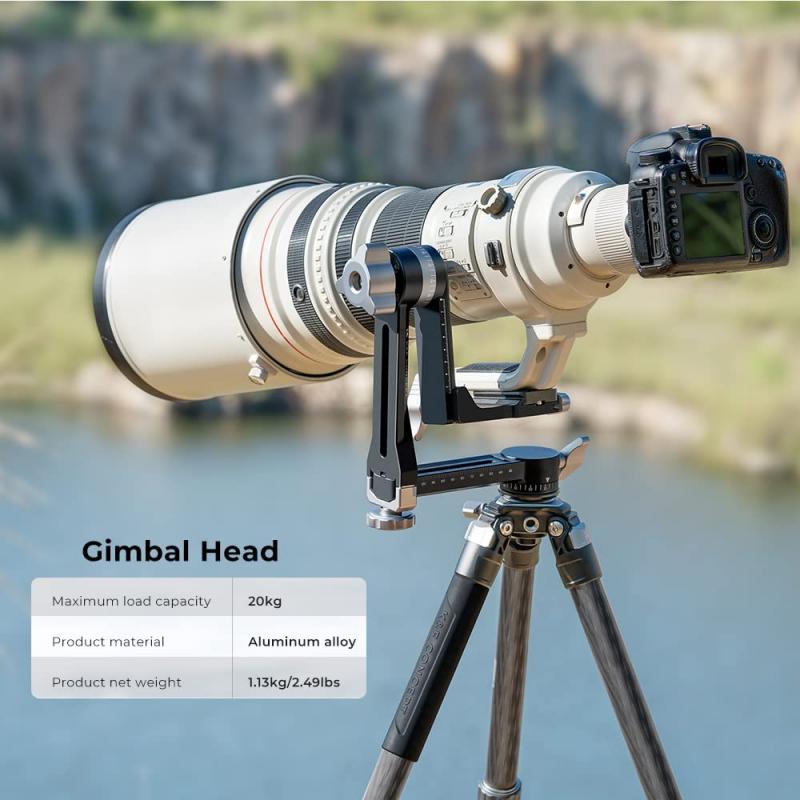
3、 Charge Accumulation: Accumulation of electrical charge in each pixel.
Digital camera sensors work by using a process called charge accumulation. Each pixel on the sensor is responsible for capturing light and converting it into an electrical signal. This process begins with the lens focusing the incoming light onto the sensor.
The sensor is made up of millions of tiny light-sensitive elements called photosites or pixels. Each pixel consists of a photodiode, which is a semiconductor device that converts light into an electrical charge. When light hits the photodiode, it generates an electric current proportional to the intensity of the light.
The charge accumulation process starts by resetting all the pixels on the sensor to a neutral state. Then, as light enters the camera through the lens, it strikes the pixels, causing the photodiodes to accumulate electrical charge. The longer the exposure time, the more light is accumulated, resulting in a stronger electrical charge.
Once the exposure is complete, the accumulated charge in each pixel is measured and converted into a digital value. This digital information is then processed by the camera's image processor to create the final image.
In recent years, there have been advancements in sensor technology, such as the introduction of backside-illuminated (BSI) sensors. BSI sensors have their circuitry placed behind the photodiodes, allowing more light to reach the pixels and improving low-light performance.
Additionally, some sensors now incorporate technologies like stacked sensor designs and phase detection autofocus pixels, which enhance image quality and autofocus speed respectively.
Overall, the charge accumulation process remains at the core of how digital camera sensors work, but advancements in technology continue to improve their performance and capabilities.
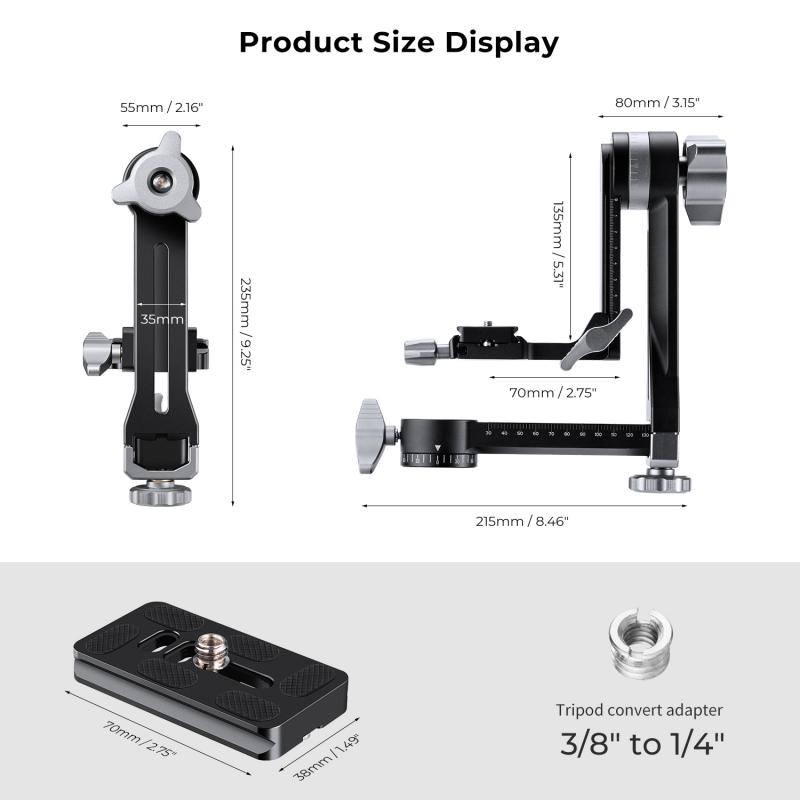
4、 Analog-to-Digital Conversion: Conversion of analog signals to digital data.
Digital camera sensors work by converting light into electrical signals that can be processed and stored as digital data. The sensor is the heart of a digital camera and is responsible for capturing the image.
The sensor is made up of millions of tiny light-sensitive elements called pixels. Each pixel consists of a photosensitive material that generates an electrical charge when exposed to light. The amount of charge generated is proportional to the intensity of the light hitting the pixel.
Once the light has been converted into electrical charges, the sensor performs an analog-to-digital conversion. This process involves converting the continuous analog signal (the electrical charges) into discrete digital data that can be processed by the camera's image processor.
Analog-to-digital conversion is achieved by sampling the analog signal at regular intervals and assigning a digital value to each sample. The resolution of the sensor determines the number of digital values that can be assigned, which in turn affects the level of detail and image quality.
The latest advancements in digital camera sensors include improvements in resolution, dynamic range, and low-light performance. Manufacturers are constantly striving to increase the number of pixels on the sensor while minimizing noise and improving sensitivity to capture more detail and produce better image quality.
Additionally, sensor technology has evolved to include features like backside-illuminated (BSI) sensors, which improve low-light performance by allowing more light to reach the pixels. Some sensors also incorporate phase-detection autofocus pixels, enabling faster and more accurate autofocus.
In summary, digital camera sensors convert light into electrical signals, which are then converted into digital data through analog-to-digital conversion. Ongoing advancements in sensor technology continue to push the boundaries of image quality and performance in digital cameras.
